Ming Ming Dynasty Tombs Scenic Area
Ming Tombs, World Cultural Heritage, National Key Cultural Relics Protection Units, National Key Scenic Spots, National AAAAA Tourist Scenic Spots.
The Ming Tombs are situated at the foot of Tianshou Mountain, Changping District, Beijing, with a total area of 120 square kilometers and a distance of about 50 kilometers from Tiananmen. The Ming Tombs are situated in a small basin surrounded by mountains in the east, West and north, surrounded by mountains in the tomb area, with plains in the middle and winding rivers in front of the tombs. From May 1409, Yongle became a mausoleum in the seventh year of the Ming Dynasty, until Chongzhen, the last emperor of the Ming Dynasty, was buried in Siling. During the period of 230 years, thirteen mausoleums of emperors, seven mausoleums of imperial concubines and one Tomb of eunuchs were built successively. Thirteen emperors, twenty-three queens, two princes, more than thirty concubines and two eunuchs were buried. By 2011, Changling, Dingling, Zhaoling and Shenlu have been opened.
In October 2015, the State Tourist Administration conducted a secret visit to the Ming Tombs scenic spot and found that there were many problems in the scenic spot, such as serious external cheating and slaughtering of tourists without clear price tags, poor sanitation, more garbage exposed in the scenic spot, inadequate cleaning of ground dirt, inadequate tourist facilities and incomplete functions of tourist centers, which gave serious warnings to the scenic spot. It will also be notified publicly and given six months to rectify the situation.
Orion of the Name
Zhu Yuanzhang, the founding emperor of the Ming Dynasty, was founded in Nanjing and buried in the sun of Zhongshan Mountain in Nanjing after his death. The second emperor Zhu Yunzhong (Jianwen Emperor) sent troops to Nanjing in the name of his uncle Zhu Bing "Jing Nan" (relieving the emperor's distress), and Jianwen Emperor did not know where to end. Some people say that monks become monks. In short, their whereabouts are unknown (which is a pending case in the history of the Ming Dynasty), so there are no mausoleums. The seventh emperor, Zhu Qiyu, was captured by Wala because his brother, Emperor Zhu Qizhen of Yingzong, had no owner in the palace. He became emperor under the will of the queen mother and ministers. Hou Yingzong was released, and under the planning of the hearts and minds of the party and feathers, he made a "change to seize the door". He restored the emperor and sat down again. Zhu Qiyu was killed. Yingzong did not recognize him as emperor and destroyed his mausoleum built in Tianshoushan area. He was buried in Yuquan Mountain, the western suburb of Beijing, as a king. In this way, two of the sixteen emperors of the Ming Dynasty were buried elsewhere. One was missing, and the other thirteen were buried in Tianshoushan, so they were called the Ming Tombs.
The Ming Tombs were built between 1409 and 1645, covering an area of 40 square kilometers. It is the largest existing imperial mausoleum complex in China and even in the world, with the largest number of imperial mausoleums.
After the founding of the People's Republic of China, in order to protect this cultural relic and historical site, the government began to carry out maintenance from the early days of liberation and protected the Thirteen Tombs as a national key cultural relic.
In 1957, the Beijing Municipal People's Government announced that the Thirteen Tombs were the first batch of key cultural relics protection units in Beijing.
In 1961, the Ming Tombs were promulgated as a national key cultural relic protection unit.
In 1982, the State Council declared Badaling-Shisanling Scenic Area as one of the 44 key scenic spots in China.
In 1991, the Ming Tombs were designated by the National Tourism Administration as one of the "Forty Best Tourism Resorts in China".
In 1992, the Thirteen Tombs were named by the Beijing Tourism World's Most Selected Committee as "the largest group of tombs in the world with the most complete burial of emperors."
In 2003, the Ming Tombs were listed in the World Heritage List.
In 2011, the National Tourism Administration approved the Ming Tombs scenic spot as a national 5A-level scenic spot.
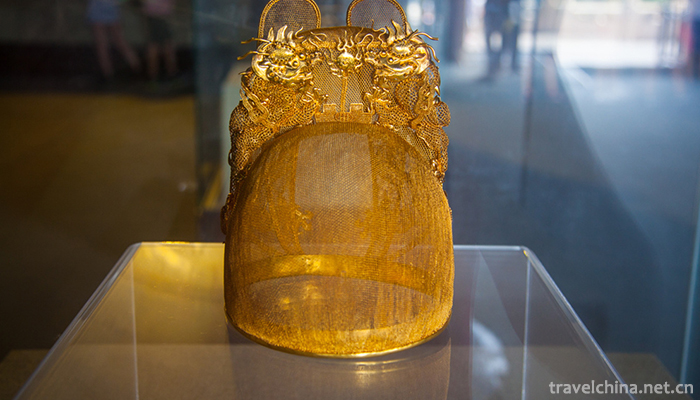
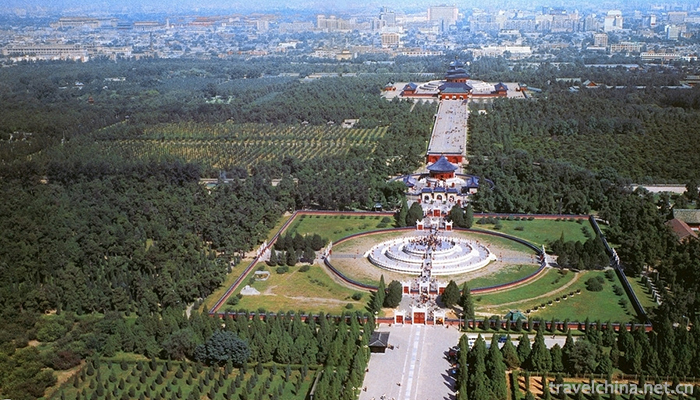
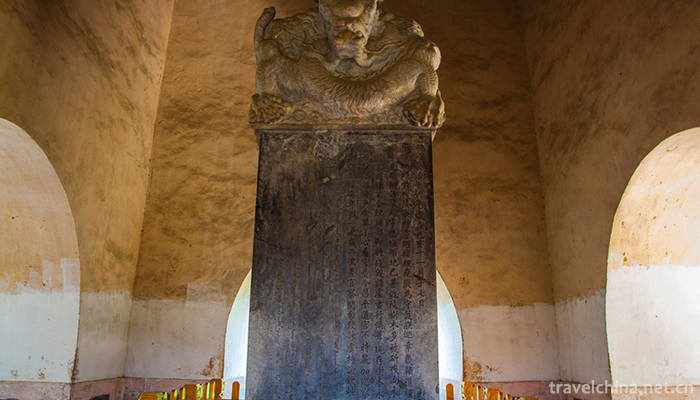
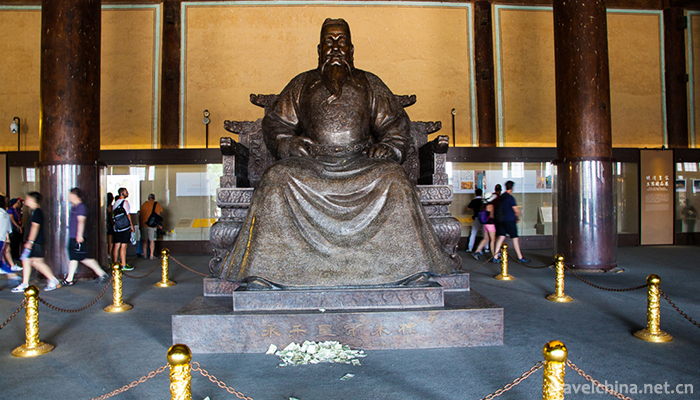
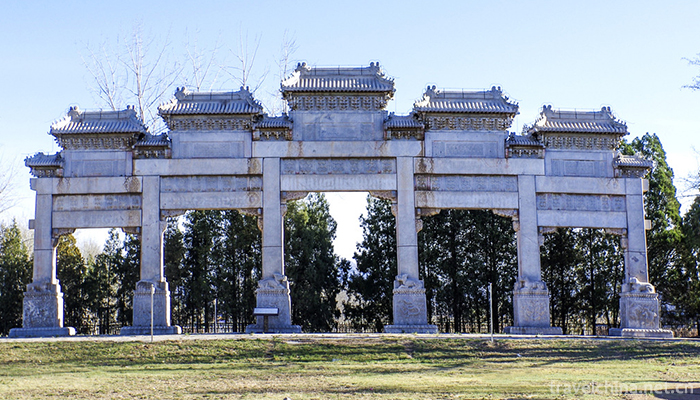
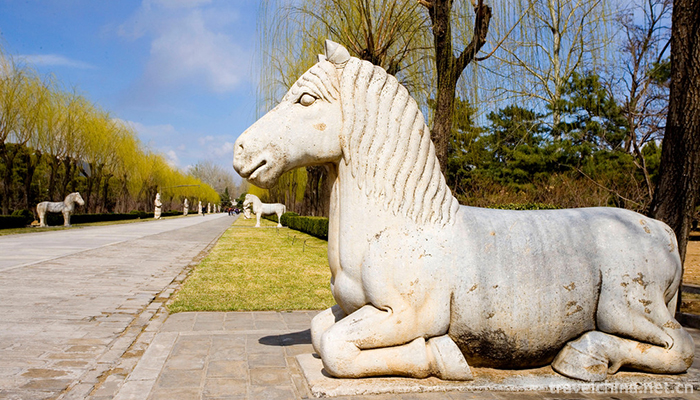

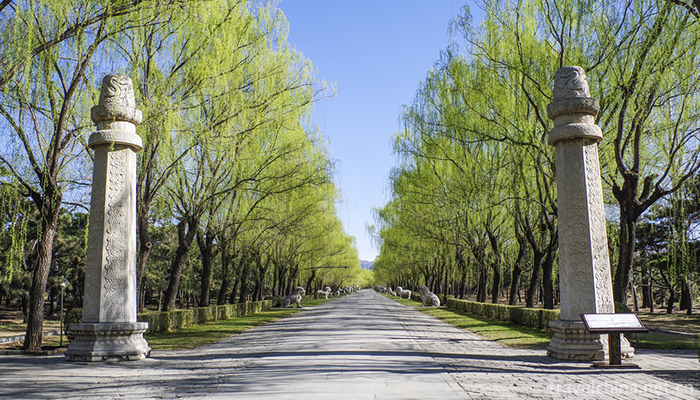
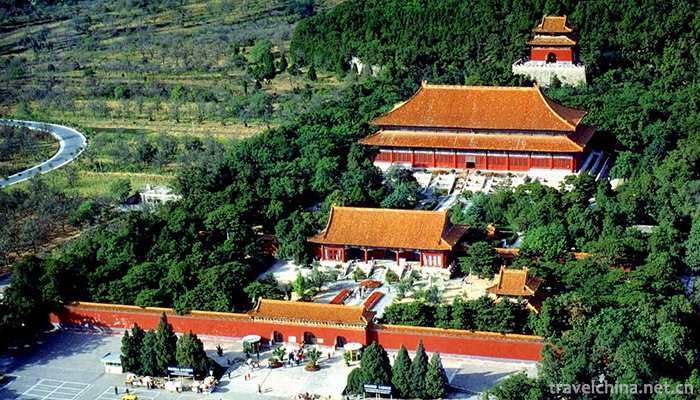
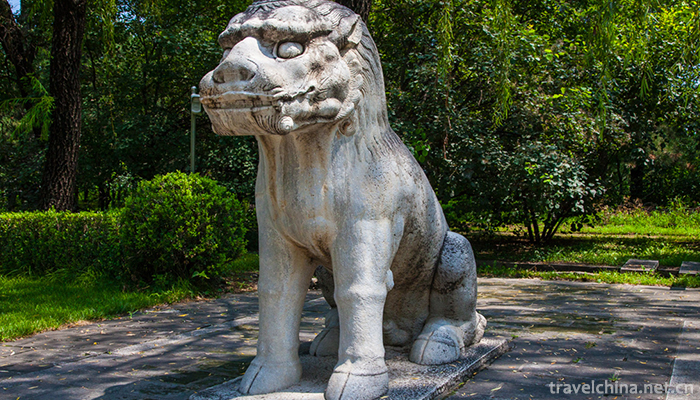
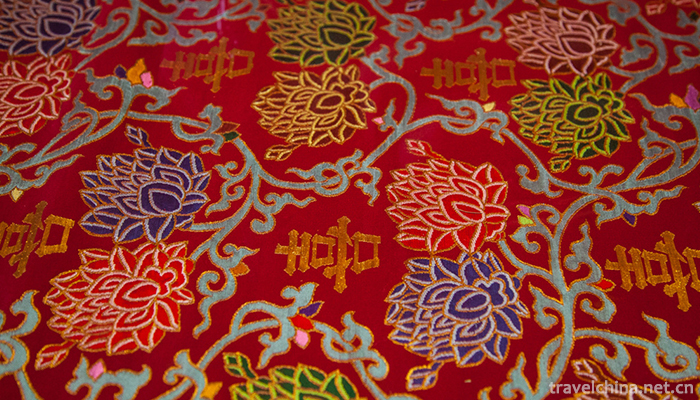
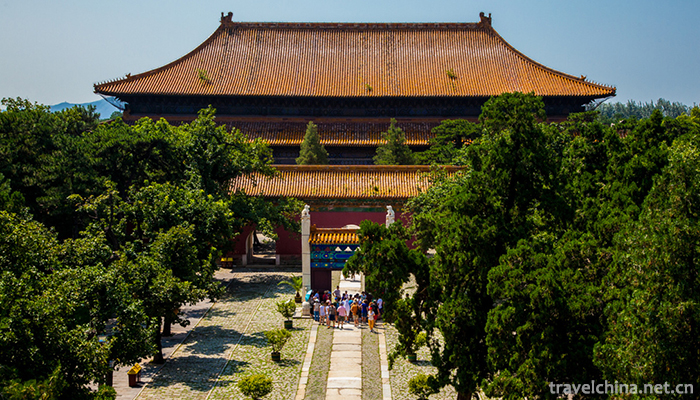
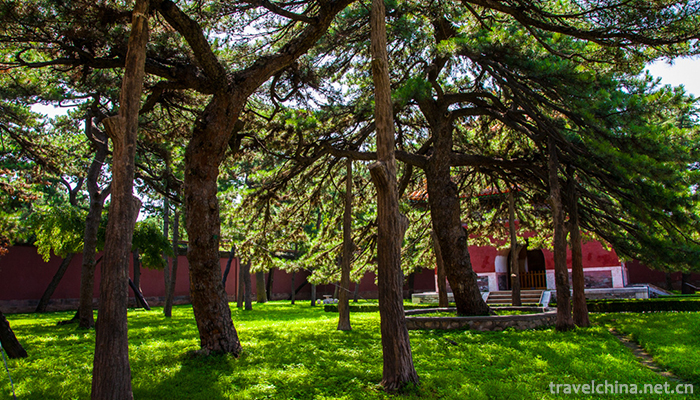
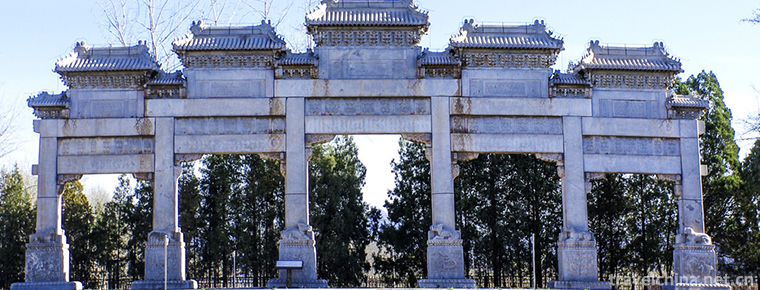
-
1.Zijin Mountain Scenic Area
Zhongshan Scenic Spot, or Zhongshan Scenic Spot for short, is located in Zijin Mountain, Xuanwu District, Nanjing City. It is a famous scenic spot in China
Time 2018-12-06 -
2.Jinggangshan MountainMt Jinggang
Jinggangshan, National AAAAA Tourist Scenic Spot, National Key Scenic Spot, National Nature Reserve, Chinese Cultural Scenic Spot
Time 2018-12-08 -
3.Rushan Yintan Tourist Resort
Yintan Tourist Resort is located on the southeast coast of Rushan City, Weihai, Shandong Province. It connects Weihai to the east, Yantai to the north, Qingdao to the West and Huanghai to the south
Time 2018-12-22 -
4.Leifeng Memorial Hall in Fushun
The Leifeng Memorial Hall in Fushun City is located at No. 61, East Section of Peace Road, Wanghua District, Fushun City, Liaoning Province. It covers an area of 99900 square meters, near the army sta
Time 2019-01-12 -
5.Guangxi Science and Technology Museum
Guangxi Science and Technology Museum is located in Nanning National Avenue. It was established in March 2006 and started construction in December. It covers an area of 14655 square meters
Time 2019-01-13 -
6.Eight treasures whole chicken
It's a delicious dish with the characteristics of beige color, delicious taste and delicacy. The main raw materials used are 1 bamboo shoot hen (about 1.75 kg), 100 grams of Jiangmi, 25 grams of dates
Time 2019-03-26 -
7.Changli folk songs
Changli folk song is a kind of local folk ditty inherited from generation to generation by Changli people. The content of singing can be divided into four categories: labor chant, story and legend, lo
Time 2019-04-15 -
8.Loba Costume
Clothing custom is an important manifestation of human material and spiritual cultural life, with a long history. The Loba people live in dozens of rivers and valleys in the vast Loba area, which are
Time 2019-05-15 -
9.The riddle of Qinglin Temple
The number of riddles in Qinglin Temple is abundant, there are about 5000. There are many kinds of riddles, such as object riddles, event riddles and crossword riddles. Many of the riddles have high c
Time 2019-06-11 -
10.Jianshan natural scenic spot
Jianshan scenic spot, located in the west gate of Zigong, Yandu city and rongbian town of Ziliujing District, is a provincial-level natural scenic area in Sichuan Province.
Time 2020-10-15 -
11.Gongmu mountain
Gongmu mountain is located 5 kilometers southwest of Yanyuan County, Liangshan Yi Autonomous Prefecture, Sichuan Province. It is named after the stone on the mountain because it looks like two male and female genitals.
Time 2020-10-16 -
12.Topography and geomorphology of Suining
Suining is a hilly and low mountain area in the central part of Sichuan Basin, with simple geological structure and gentle fold. The landform type is single, belonging to the Mesozoic Jurassic strata, which is eroded, cut and accumulated by flowing water
Time 2020-12-16